A photographer’s pilgrimage around Europe’s most spectacular modern churches
Photographer Jamie McGregor Smith captures some of Europe’s most striking religious architecture – modern churches
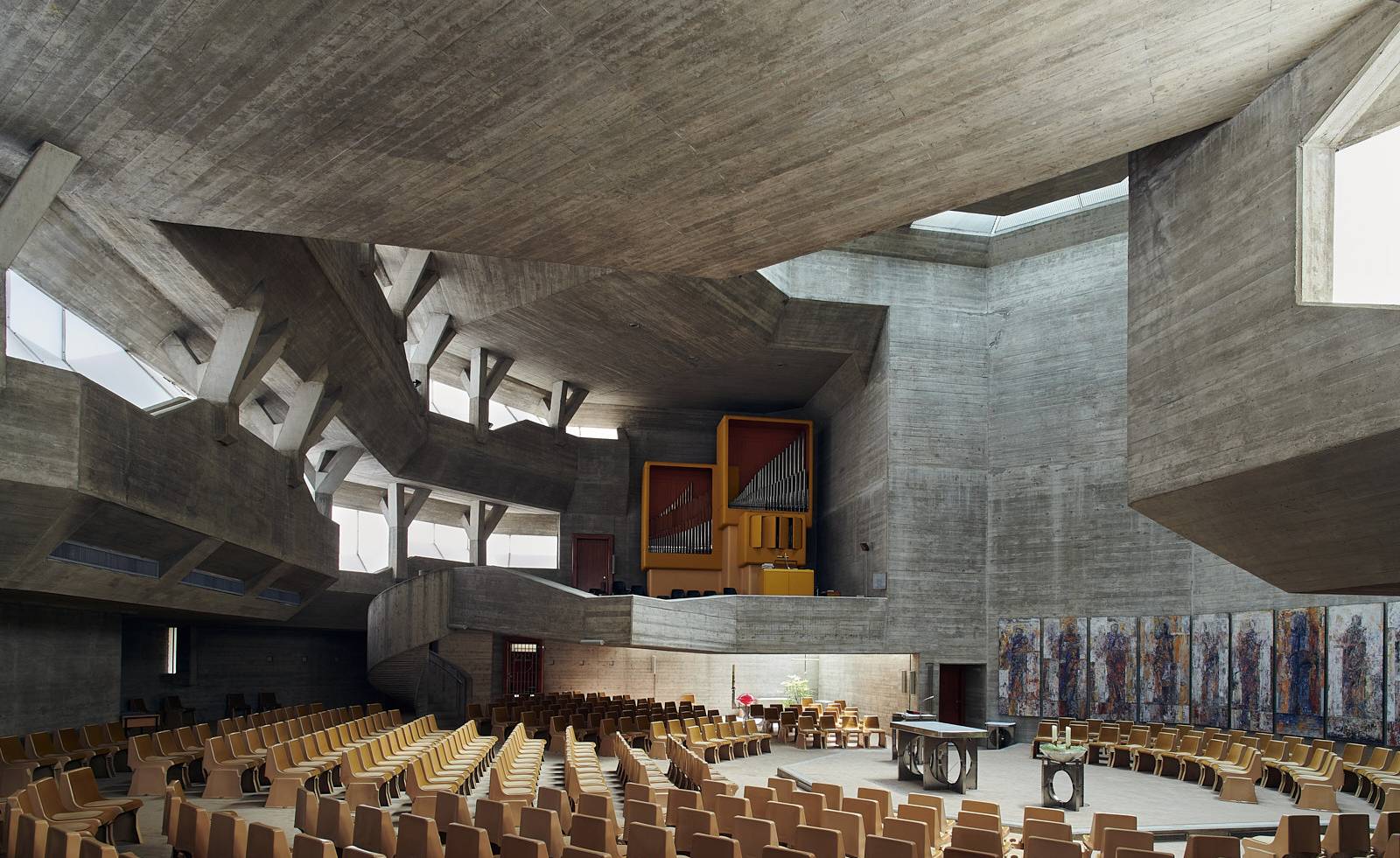
Jamie McGregor Smith - Photography
Jamie McGregor Smith has a passion for eccentric ecclesiastic architecture. Over the past couple of years, the Vienna-based photographer has travelled around Europe, capturing images of some of the most distinctive examples of 20th-century religious architecture – modern churches.
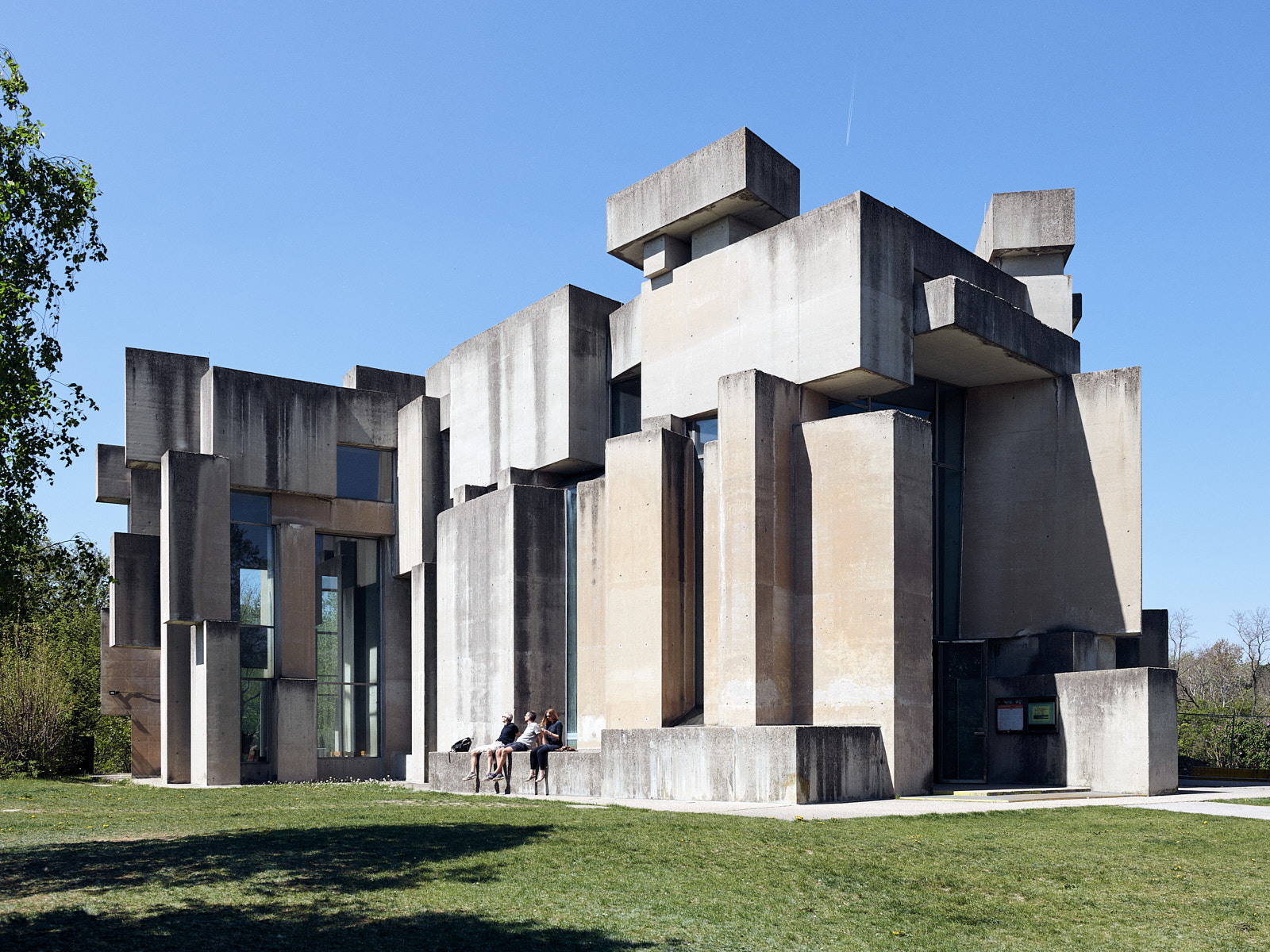
Wotruba Kirche, Vienna, Austria, Fritz Wotruba, 1976
This was a project born out of lockdown, beginning shortly after Smith moved to Vienna and discovered the city’s Church of the Most Holy Trinity, or the Wotruba Church, a collaboration between the Austrian sculptor Fritz Wotruba and architect Fritz Gerhard Mayr. ‘It began life as a sculpture, the artist believing its design had been delivered by God in a dream,’ Smith recalls.
‘I was bewildered that this piece of progressive art, consisting of 152 irregular concrete blocks, had been commissioned by such a conservative institution. It redefined my idea of what a church could be.’
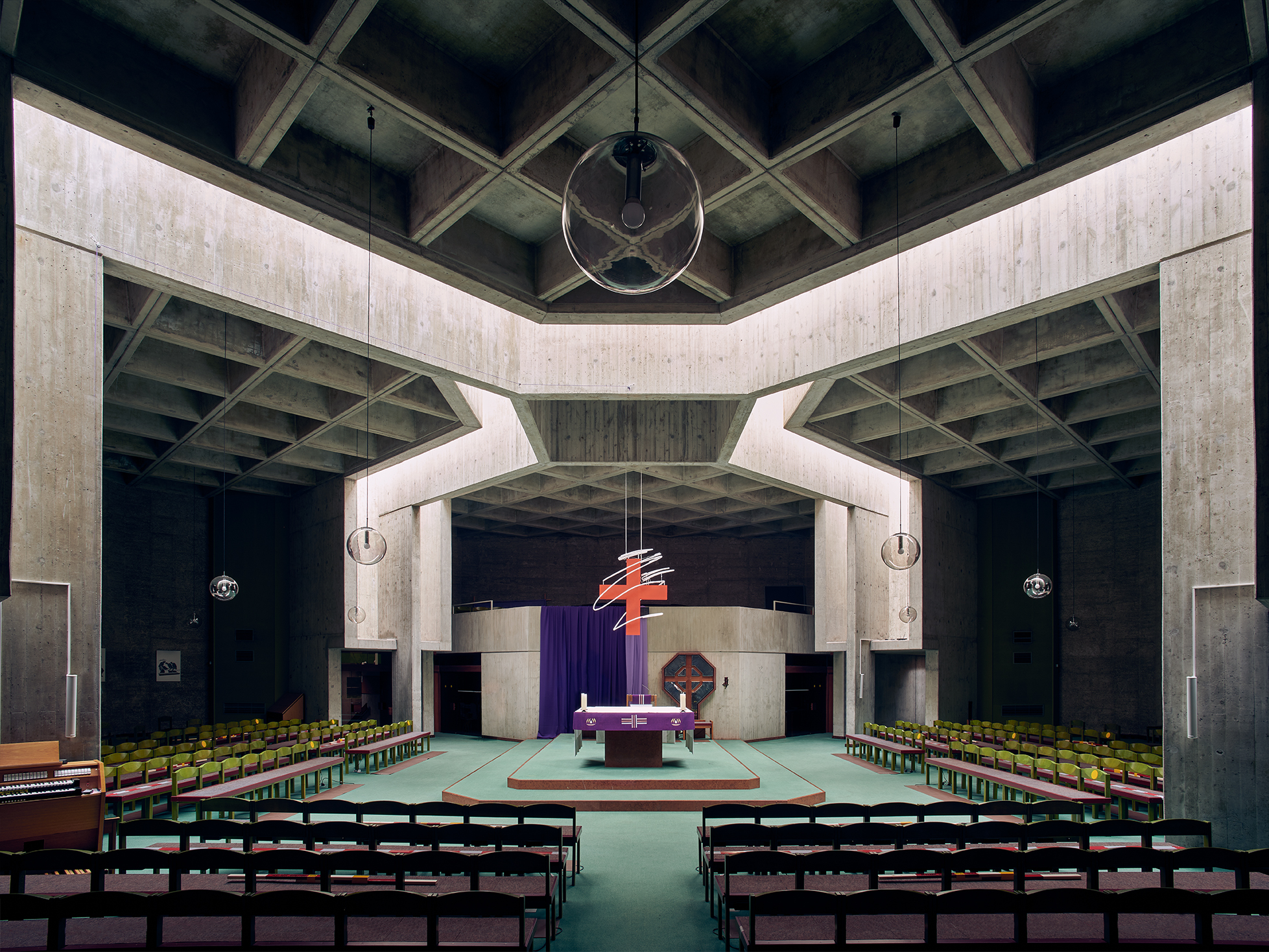
Church of the Holy Cross, Vienna, Austria, Hannes Lintl, 1975
Smith’s photographic pilgrimage continued, taking advantage of the fact that many churches remained open during the pandemic and the general absence of people.
Describing himself as a ‘photographer of civilisation’, Smith has completed projects including studies of post-industrial landscapes and vanishing nature. His work has appeared in Wallpaper*, as well as Vanity Fair and Esquire.
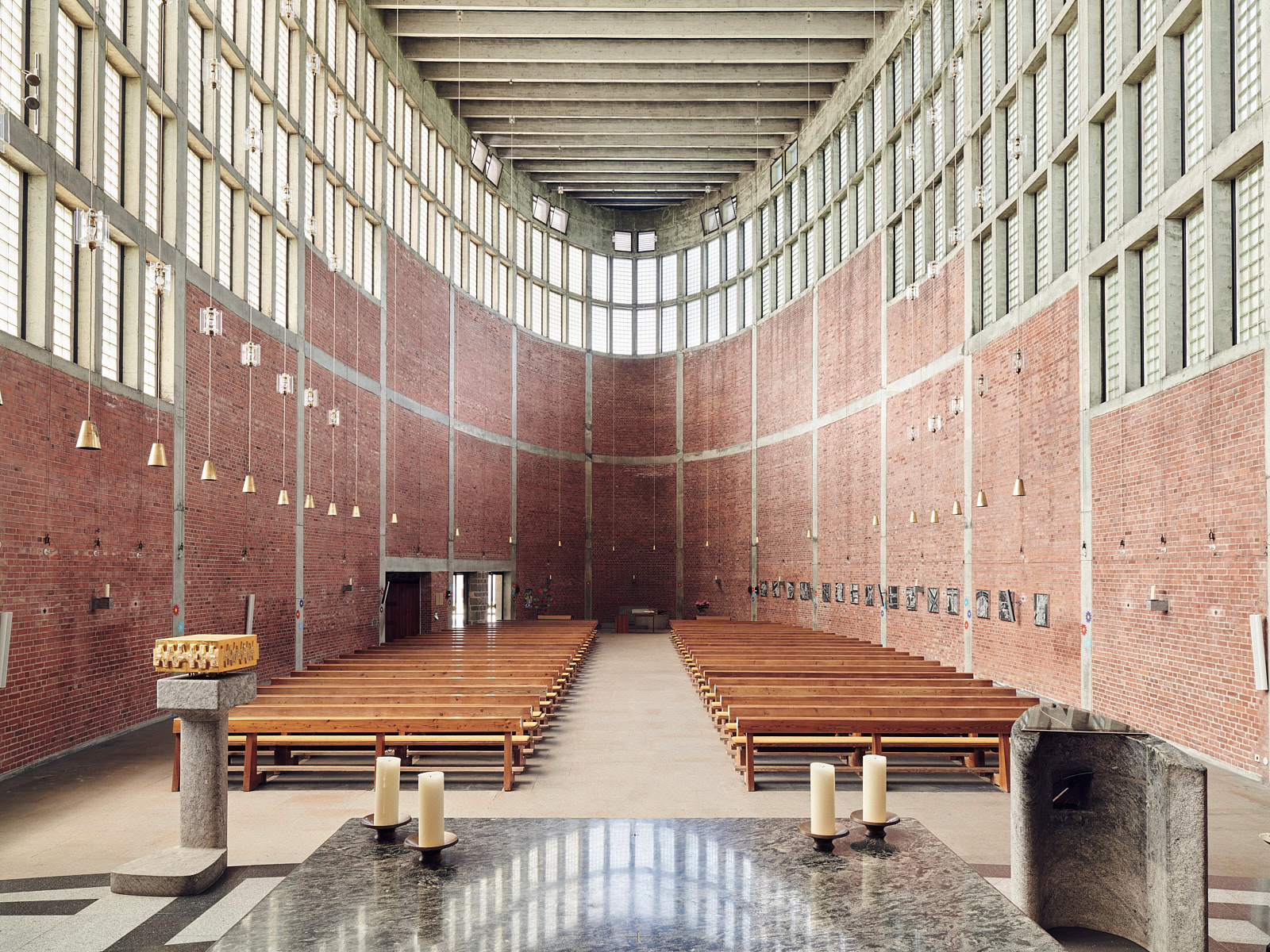
St Theresia Kirche, Linz, Austria, Rudolf Schwarz, 1962
Sacred Modernity – McGregor Smith’s forthcoming book of modern churches – takes in many of the classics of the post-war era, a time of dramatic experimentation with the form and function of the church. Spurred on by the modernising impulses of the Second Vatican Council at the start of the 1960s, with a less proscribed approach to services and ceremonies, the new ecclesiastical architecture is often derided as soulless functionalism, at odds with religious tradition.
There’s nothing remotely dispiriting about the spectacular spaces Smith has visited, which include the mighty concrete interiors of Walter Maria Förderer, Günther Domenig and Eilfried Huth, the meticulous lines of Rudolf Schwarz, and the soaring spaces of Ron Weeks’ Clifton Cathedral in Bristol.
Receive our daily digest of inspiration, escapism and design stories from around the world direct to your inbox.
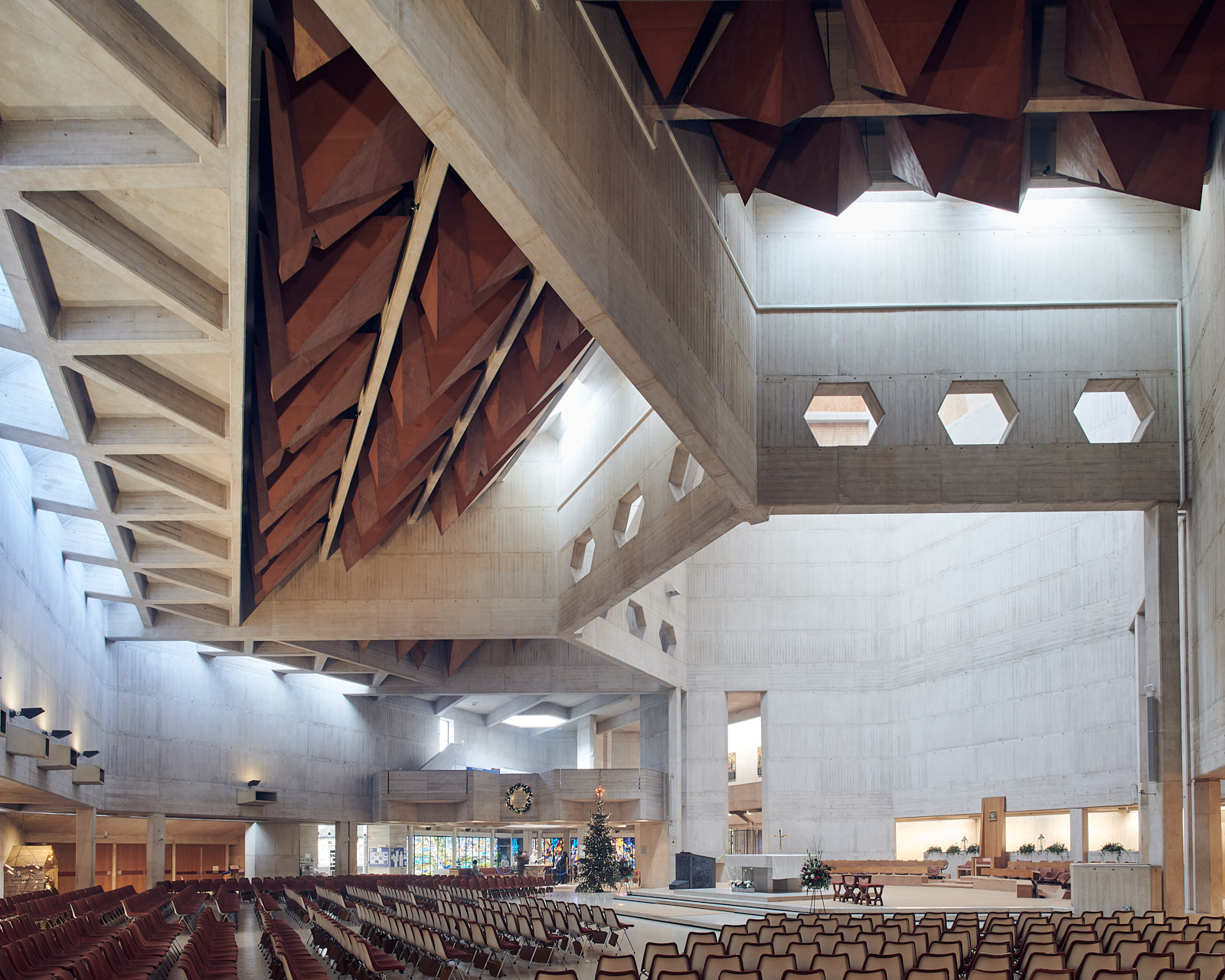
Clifton Cathedral, Bristol, England, Ron Weeks, 1973
The book is currently being prepared for a limited run, supported by a crowdfunding campaign that’ll snare you a signed first edition. It includes an essay by Jonathan Meades, perhaps the wittiest and most insightful of all contemporary architecture critics, and will be published by Hatje Cantz in spring 2023.
Whatever the flavour of your religious persuasion, an impressive interior will have the power to inspire awe. That’s certainly the case for these architectural wonders, some little known and rarely visited. ‘For a church that depended on cultural relevance and architects that craved carte blanche, this [period] was a marriage made in heaven,’ Smith muses, ‘These building are a portal between two worlds.’
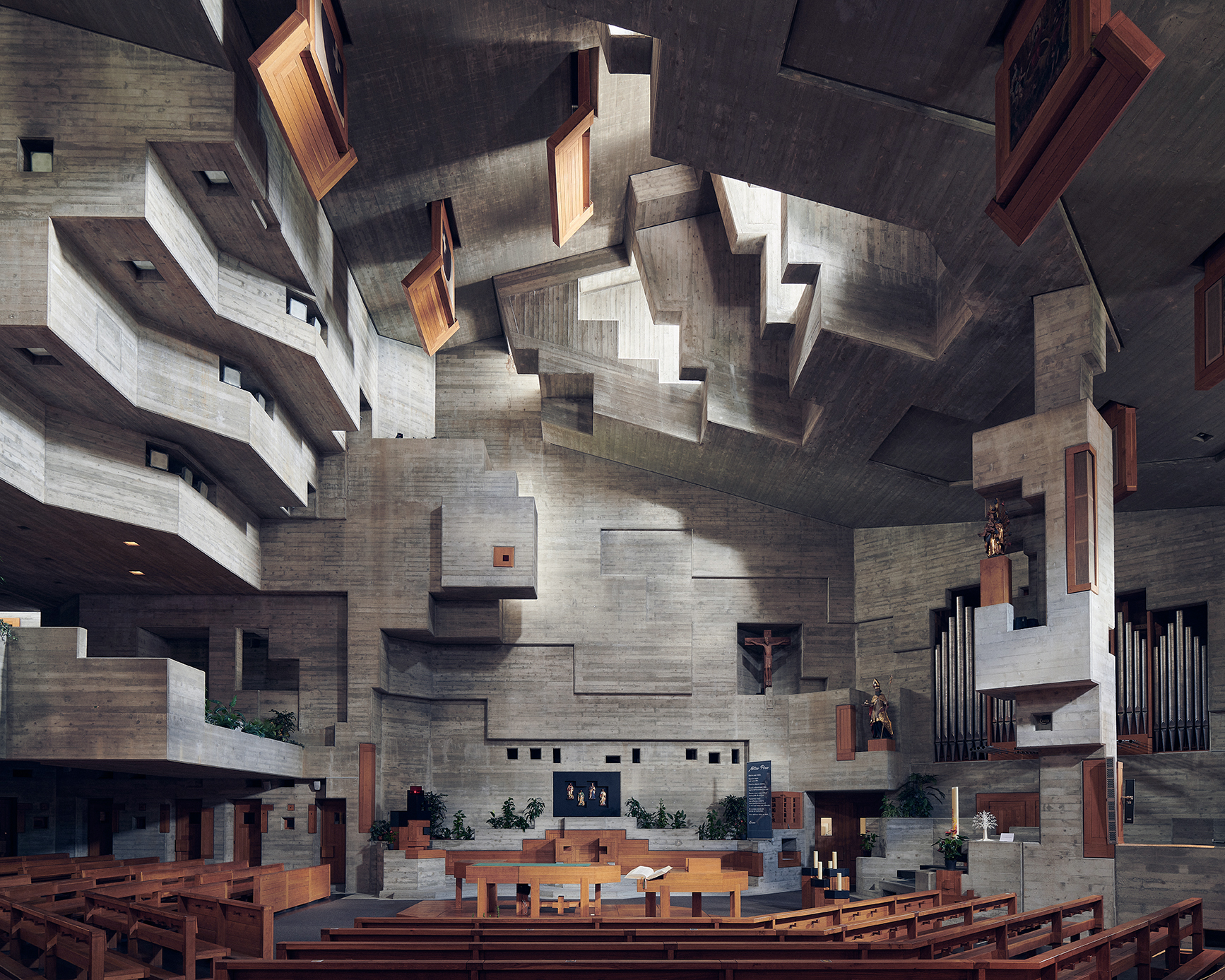
Église Saint-Nicolas, Hérémence, Switzerland, Walter Maria Förderer, 1971
INFORMATION
Sacred Modernity can be supported on kickstarter.com
Jonathan Bell has written for Wallpaper* magazine since 1999, covering everything from architecture and transport design to books, tech and graphic design. He is now the magazine’s Transport and Technology Editor. Jonathan has written and edited 15 books, including Concept Car Design, 21st Century House, and The New Modern House. He is also the host of Wallpaper’s first podcast.
-
 Fashion meets art in Axel Arigato and Alvin Armstrong's colourful collaboration
Fashion meets art in Axel Arigato and Alvin Armstrong's colourful collaborationAxel Arigato and Brooklyn-based artist Alvin Armstrong have partnered on a limited, capsule collection of ready-to-wear, accessories and sneakers
-
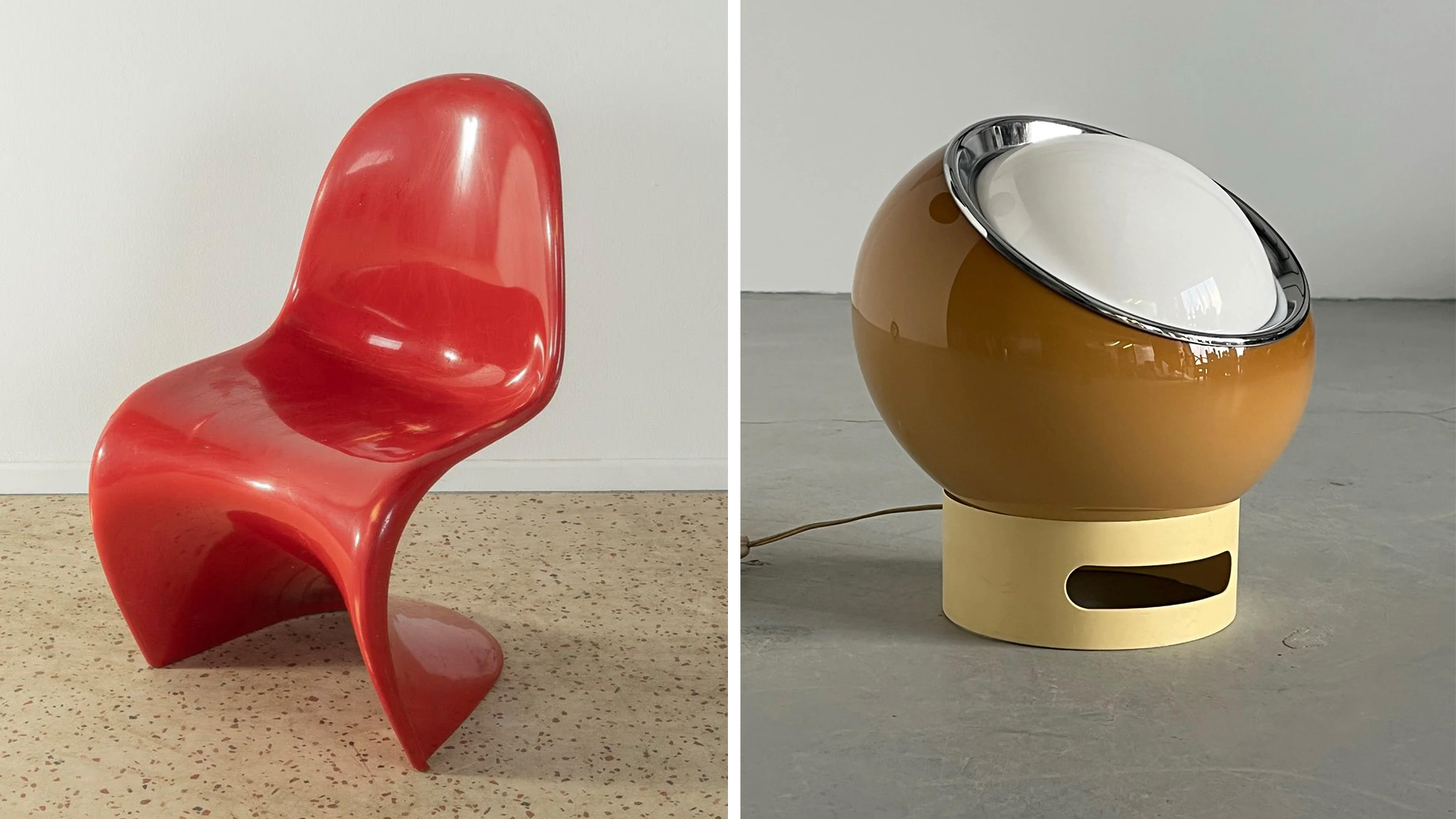 Where to buy second hand furniture online, according to Wallpaper* editors
Where to buy second hand furniture online, according to Wallpaper* editorsFuelled by a shift toward circular design and a rejection of fast furniture, these resale platforms prove that beautiful interiors start with something pre-loved
-
 Elevate your fitness journey at the best luxury gyms in London
Elevate your fitness journey at the best luxury gyms in LondonWhether you want to embrace your inner zen or throw a boxing punch, here is our pick of the best luxury gyms in London, offering superior services and surroundings
-
 Louis Kahn, the modernist architect and the man behind the myth
Louis Kahn, the modernist architect and the man behind the mythWe chart the life and work of Louis Kahn, one of the 20th century’s most prominent modernists and a revered professional; yet his personal life meant he was also an architectural enigma
-
 The Architecture Edit: Wallpaper’s houses of the month
The Architecture Edit: Wallpaper’s houses of the monthFrom Malibu beach pads to cosy cabins blanketed in snow, Wallpaper* has featured some incredible homes this month. We profile our favourites below
-
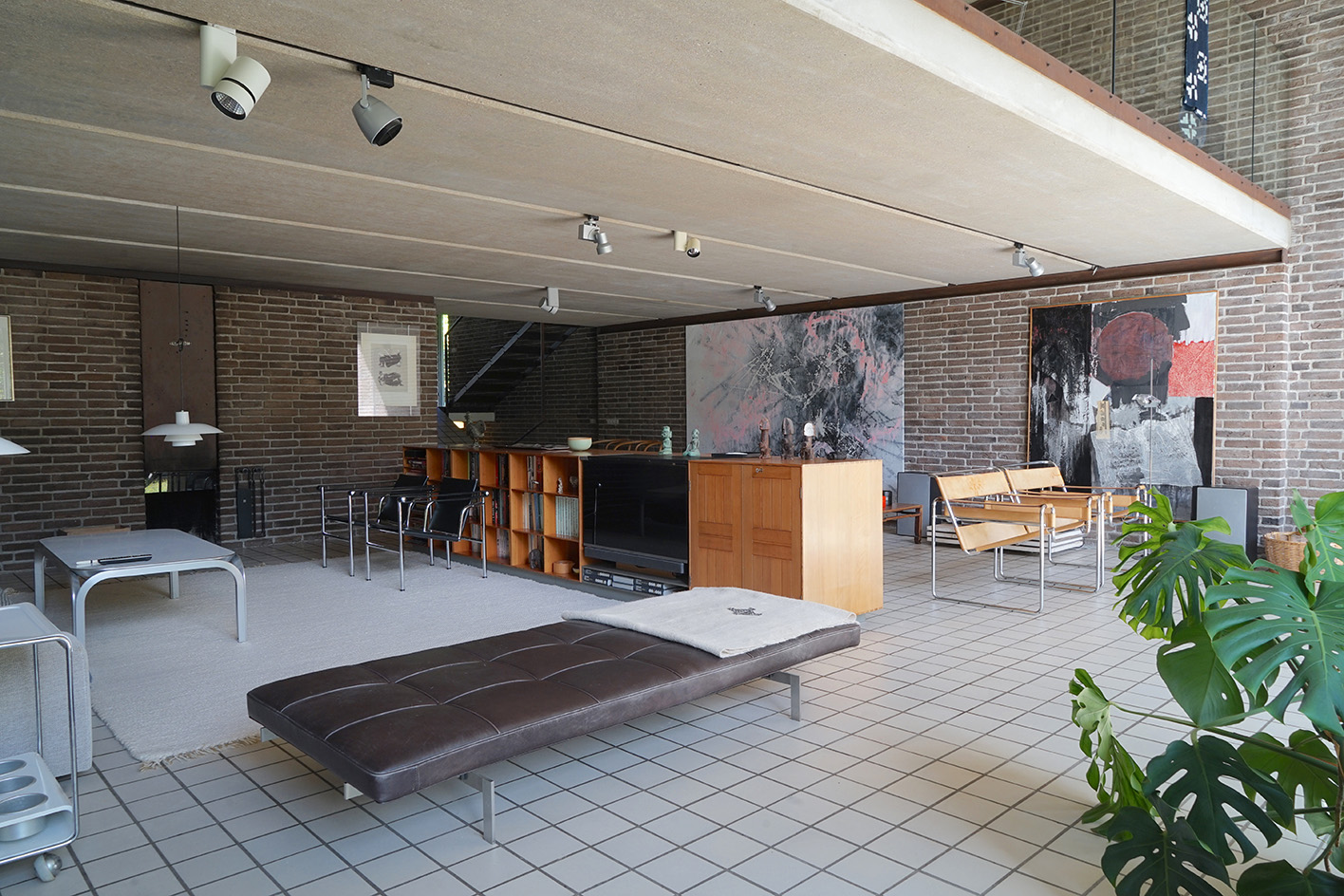 Three lesser-known Danish modernist houses track the country’s 20th-century architecture
Three lesser-known Danish modernist houses track the country’s 20th-century architectureWe visit three Danish modernist houses with writer, curator and architecture historian Adam Štěch, a delve into lower-profile examples of the country’s rich 20th-century legacy
-
 The Architecture Edit: Wallpaper’s houses of the month
The Architecture Edit: Wallpaper’s houses of the monthThis September, Wallpaper highlighted a striking mix of architecture – from iconic modernist homes newly up for sale to the dramatic transformation of a crumbling Scottish cottage. These are the projects that caught our eye
-
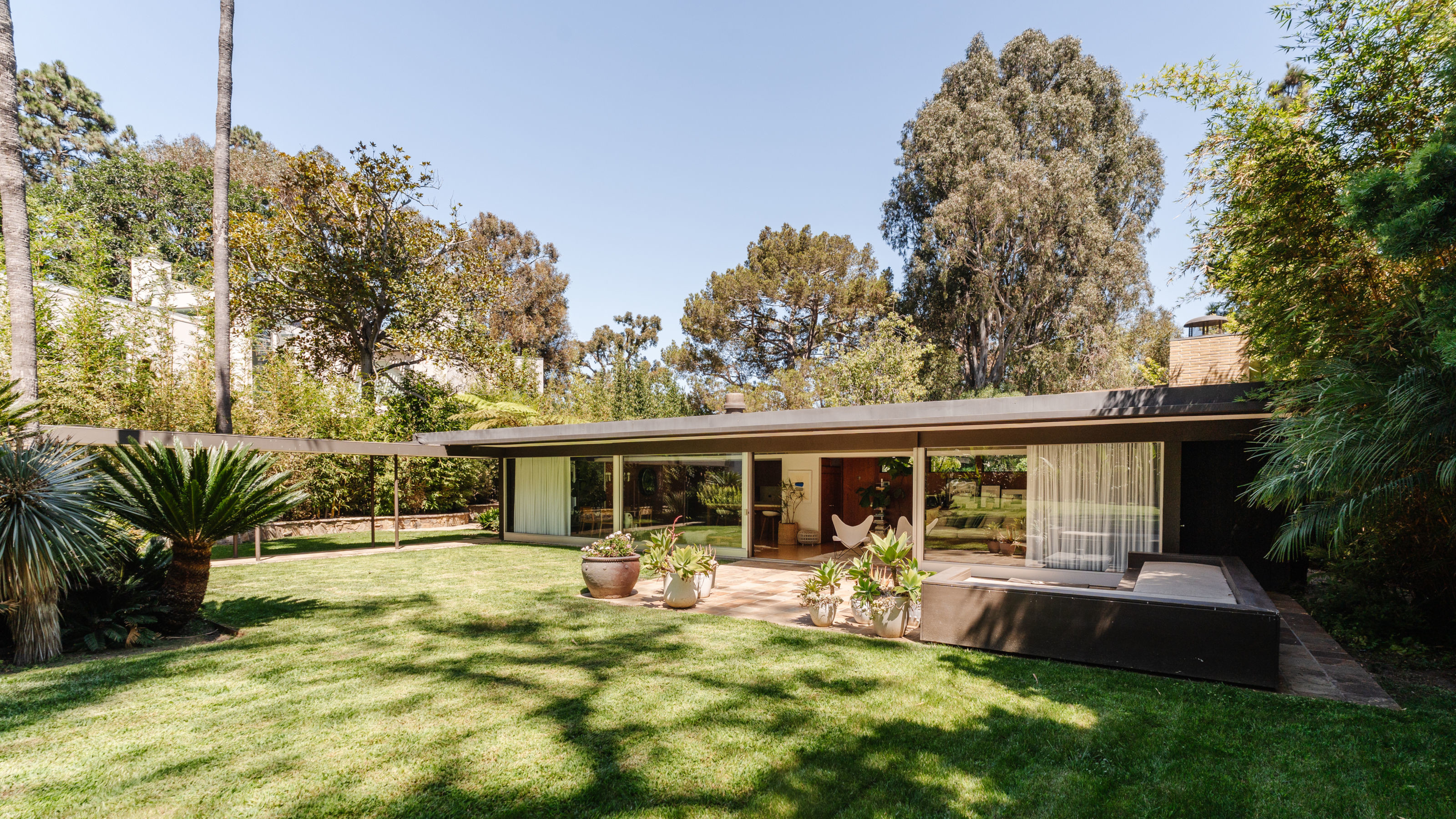 Richard Neutra's Case Study House #20, an icon of Californian modernism, is for sale
Richard Neutra's Case Study House #20, an icon of Californian modernism, is for salePerched high up in the Pacific Palisades, a 1948 house designed by Richard Neutra for Dr Bailey is back on the market
-
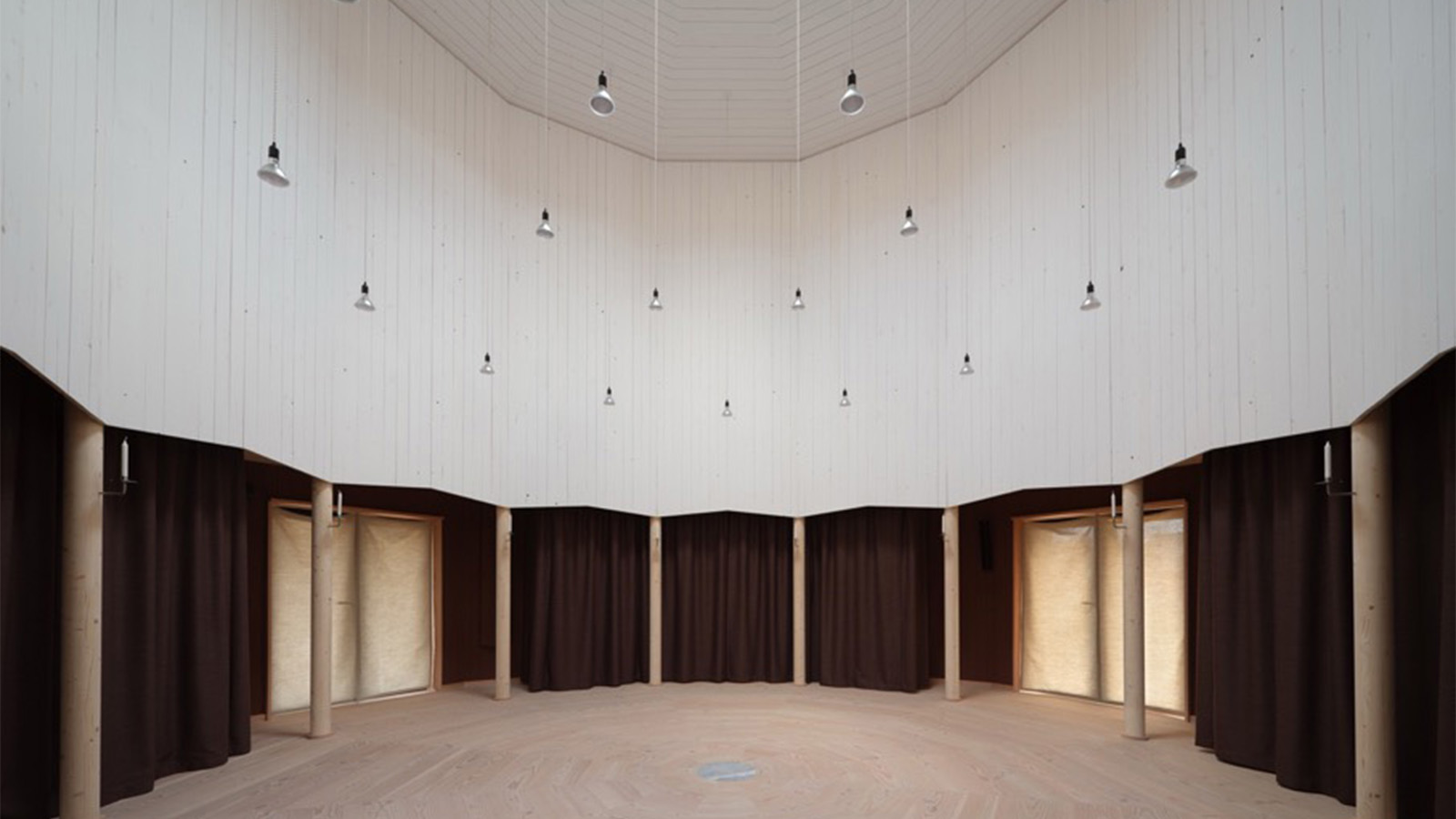 This tiny church in Denmark is a fresh take on sacred space
This tiny church in Denmark is a fresh take on sacred spaceTiny Church Tolvkanten by Julius Nielsen and Dinesen unifies tradition with modernity in its raw and simple design, demonstrating how the church can remain relevant today
-
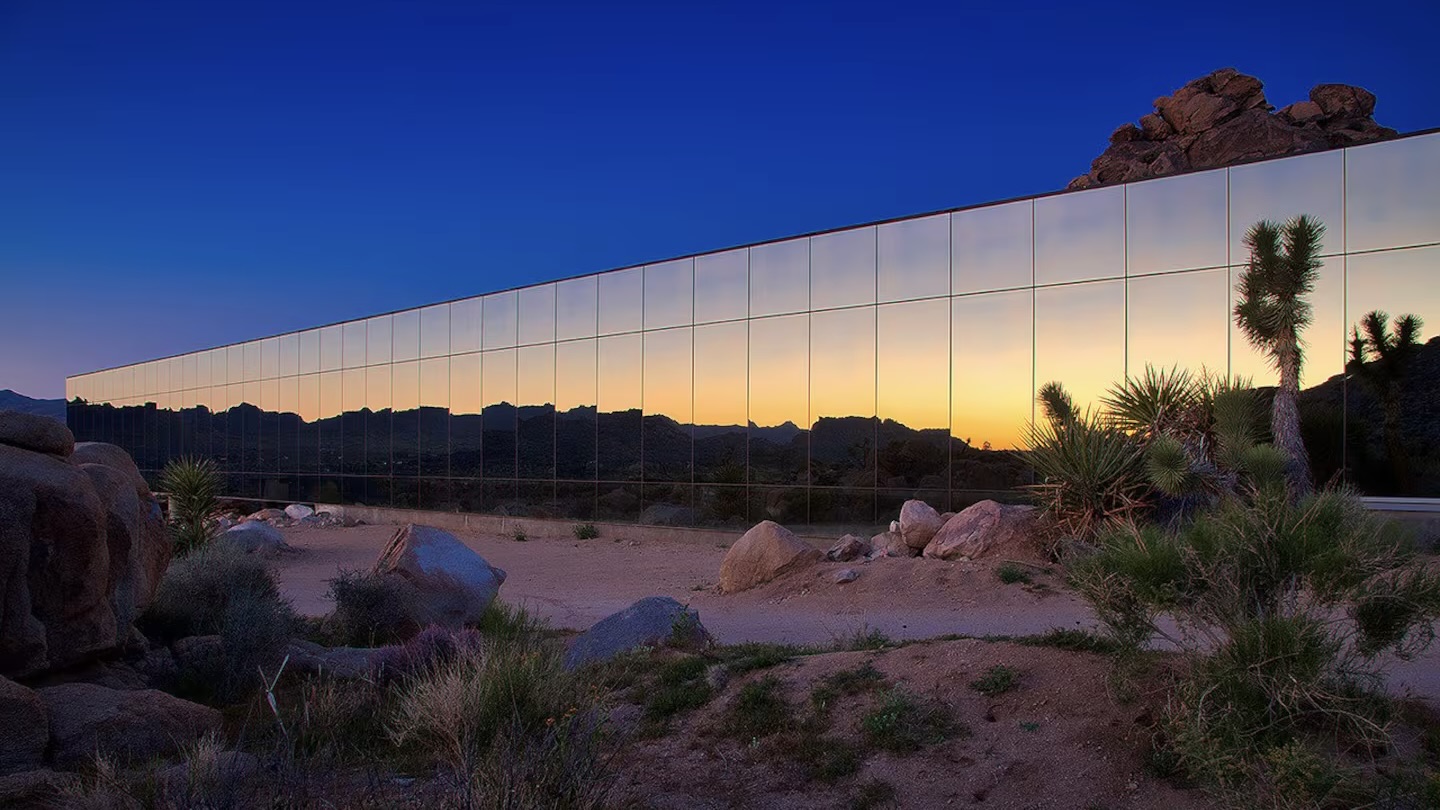 The best of California desert architecture, from midcentury gems to mirrored dwellings
The best of California desert architecture, from midcentury gems to mirrored dwellingsWhile architecture has long employed strategies to cool buildings in arid environments, California desert architecture developed its own distinct identity –giving rise, notably, to a wave of iconic midcentury designs
-
 A restored Eichler home is a peerless piece of West Coast midcentury modernism
A restored Eichler home is a peerless piece of West Coast midcentury modernismWe explore an Eichler home, and Californian developer Joseph Eichler’s legacy of design, as a fine example of his progressive house-building programme hits the market